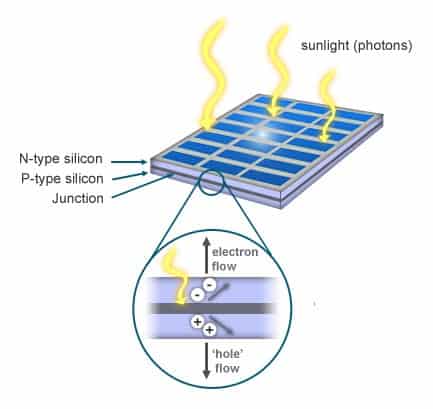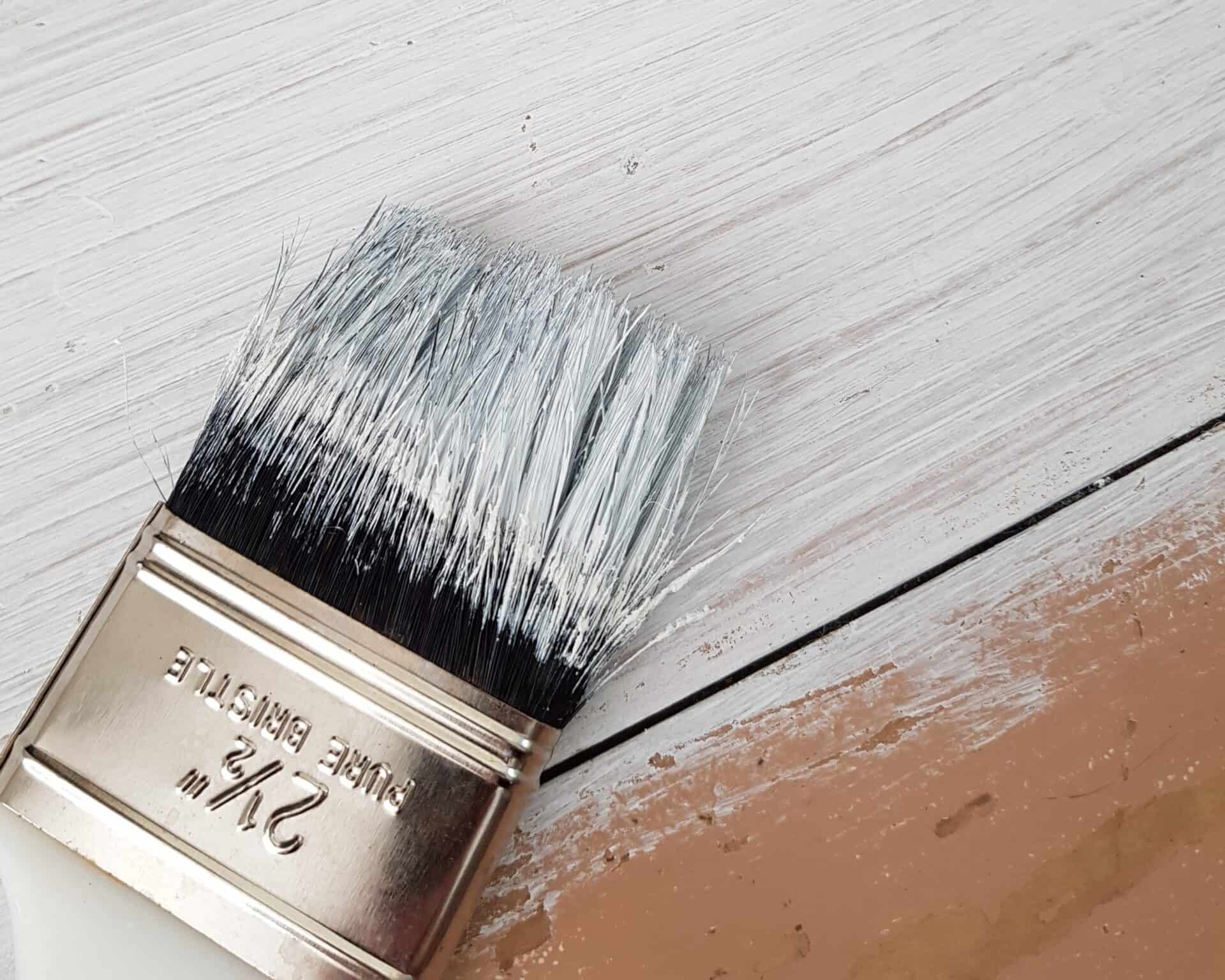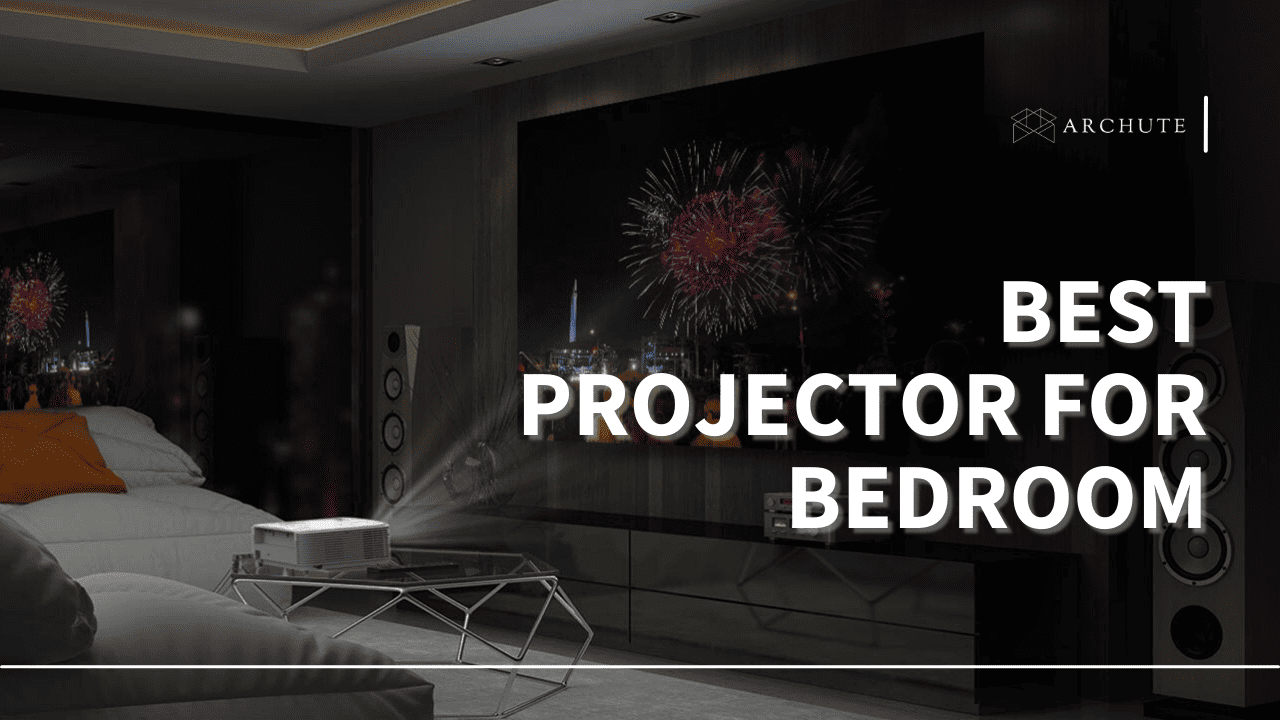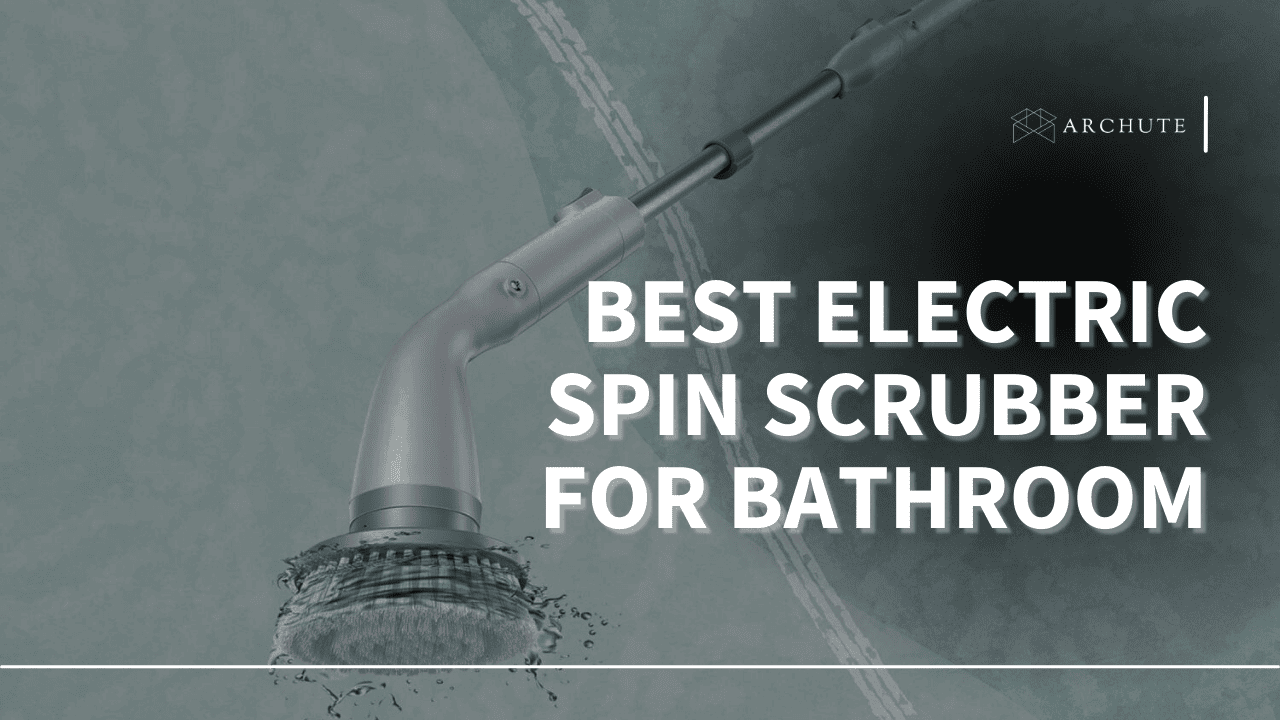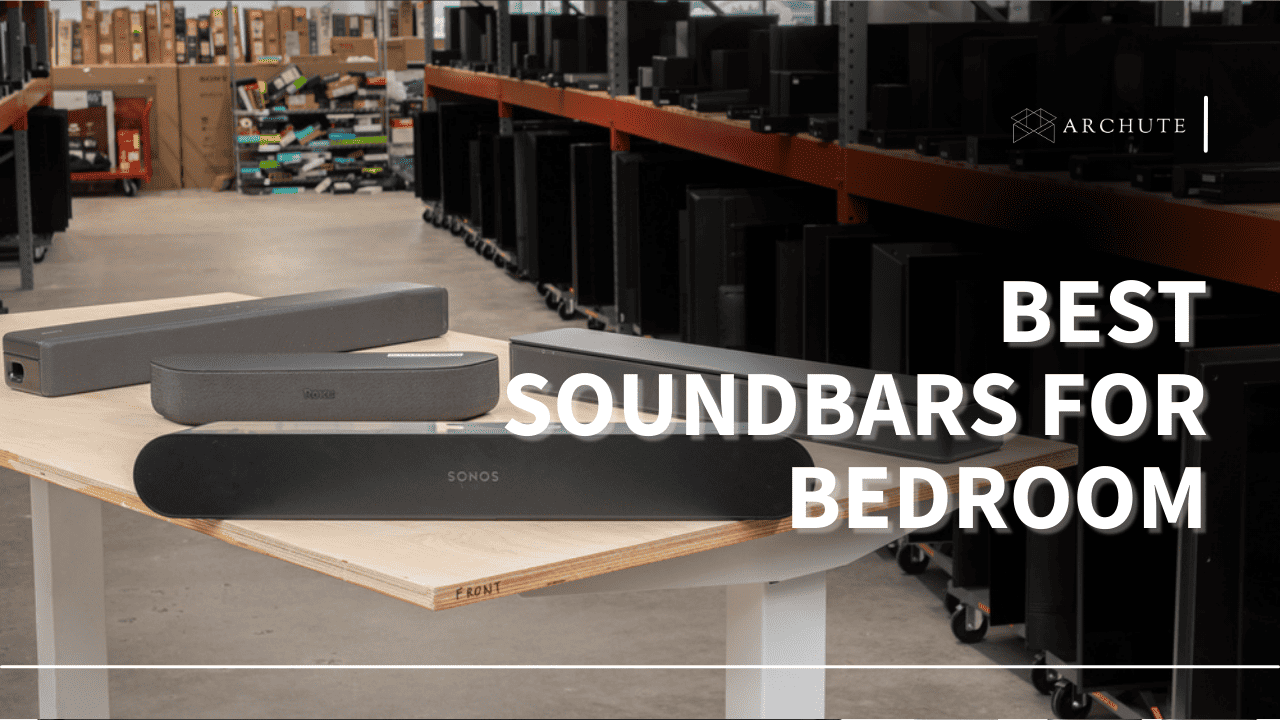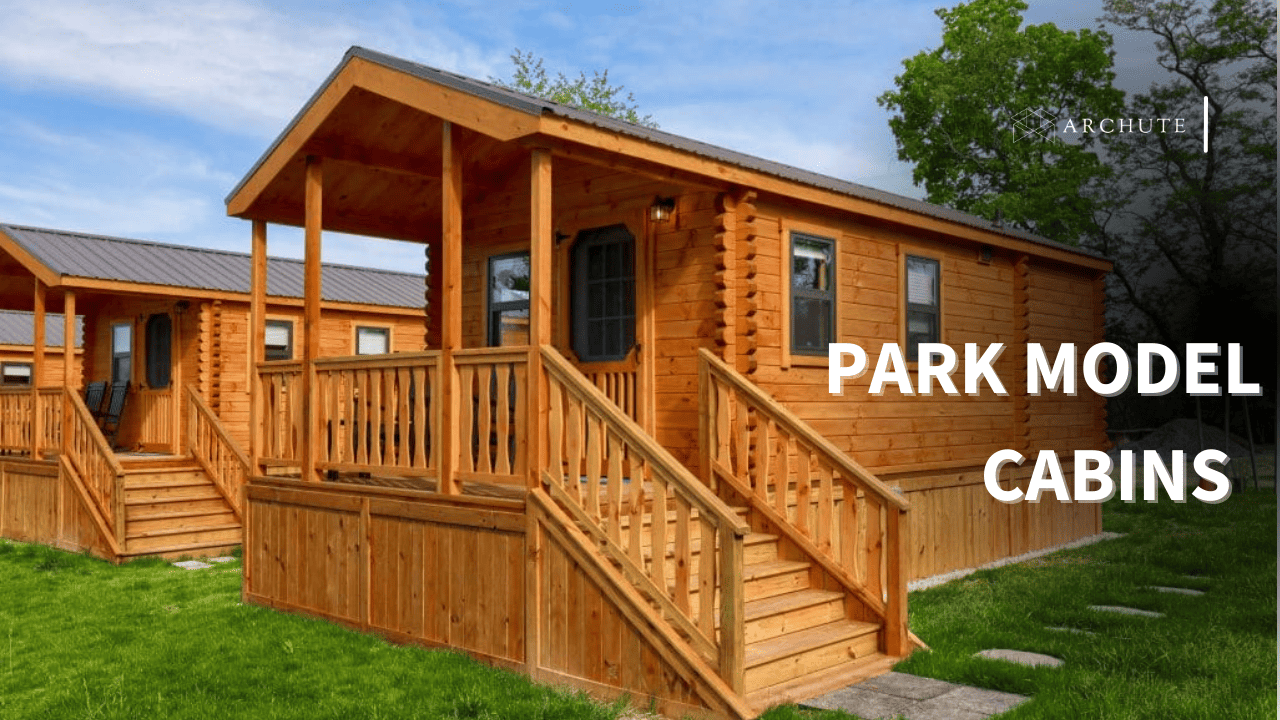A solar light can also be referred to as a solar lamp or lantern and is a lighting system which has the following parts. These are the solar panel, the charge controller, battery, LED light and much more. It also may come with an inverter which deals with the voltage supply issue. Lamp is an electric one, and is powered by the electricity in the batteries which in turn are recharged using solar power via photovoltaic panels.
Even more importantly the solar powered household lighting is more preferable to other types of lighting like kerosene lamps or candles. They also have lower operating costs as compared to kerosene lamps, as when next to one another one. This is because there is plenty of solar energy hence availing renewable energy is not hard tackle. In addition, the output from solar lights does not cause indoor air pollution that is associated with kerosene types.
Solar lamps are also used in rural regions and they are also able to power other gadgets. More so, American companies are striving to develop several new products on solar lighting base.
Solar Panel
Most solar panels consist of a crystalline silicon and semiconductor material. Besides, to enhance the capacity of receiving solar power, a solar light commonly contains two layers of silicon. The lower layer may contain a few electronics and a positive attitude towards the presence of negative electrons. In addition, the upper layer is a little negative and tends to contain more electronics. One of the barriers: There is often a break between these two layers.
Whenever photons, the stream of light particles, are created, they transfer energy to silicon atoms. This frees one electron from a covalent bond to the next energy level, and from the upper layer to the lowest level.
Free movements are provided by the promotion of an electron within the bulk of the crystal which is followed by delivery of current. Then, more light is produced, that makes electrons to vibrate, this also, results to increase in current level. This process is referred to as the photoelectric of the photovoltaic effect In broader terms, light energy strikes on the surface of any semiconductor materials to release the photoelectric or photovoltaic effect. The referred photovoltaic systems operate to transform light into electricity.
Lastly, solar panels have layers of other forms of materials. More often than not, the materials will be in this sequence: Glass, Encapsulate, Crystalline cells, Encapsulate, Back sheet, Junction box and lastly frame. It prevents moisture and contaminants from getting in, and they could hasting complications.
The Battery
The battery is usually placed in a plastic or metal case. In the case, there are electrodes that includes an anodes and a cathode. To them go the chemical reactions credited to producing power. And further, there must be a separator within the electrodes that will prevent them from reacting with each other. It also lets the electrical charge to pass between the two. Besides that, the collector passes the charge coming from the battery to the outside.
Batteries in solar lamps incorporate gel electrolyte kind with efficiency characterized by deep discharging. In this way, it can get ready to take temperatures to the extremes for its operation to commence. It may also use other types of batteries such as the lead-acid, nickel-cadmium and more besides.
This aspect of the lamp helps to store energy from the solar panel and switches on during the night where light is needed.
In general, efficiency of the process of photovoltaic energy conversion cannot be absolute because there are certain physical factors. An average of 24% of the solar radiation of a long wavelength is frequently not absorbed. Besides, if the energy consumption is on average 1/3, it does a lot to the environment and more energy is lost during usage.
Charge Controller
This component controls the working systems for maintaining the state of the battery charge. It is also its responsibility that under no condition it will overcharge or over heat at all, at any given situation and weather condition even when there are huge difference in temperature range. Second, it will not short circuit or harm any internal part of the battery efficiently.
More so, this component consists of parts like; Light controller, time controller, lighting protection, reverse polarity, AC transfer switch and other. These assist in confirming that on a power outage ,the sensitive back upload work as intended.
Related Article: How to Select A Solar Charge Controller
Factors to Consider When Using Solar Lights
Solar lamps can be easy to be installed and managed by the users because it does not rely on electricity grid. In addition to this, these lights also have some advantages of low maintenance and zero electrical charges. They are also easy to utilize especially at places where there is no electric power OR the are those places which are hardly supplied electricity. Besides, there are quite many accounts, where people experienced eye degeneration, burnt, and rarely, even killed, when no other kind of light sources were provided.
Also, women have sometimes felt unsafe to use common assets say toilets during the night. These are the challenges that over 1 billion people around the globe go through. The absence of other options of lighting is resulting in diverse challenges as discussed below..
In addition, the output of solar energy has other constraints such as the weather factors among them. However, this method is less efficient during cloudy weather, in rainy conditions or in wintering period. Also this is true to households that wish to shift from kerosene lamps to solar lamps they face health risks from kerosene emissions. Kerosene has certain negative effects when ingested it causes side effects in the respiratory system.
Using solar energy reduces the occurrence of pollution indoors, where kerosene or combustible fuel causes health risks. However, photovoltaic panels prepared from silicon, and some other dangerous metal inclusive of lead are some of the most difficult to dispose.
Also, adapting the use of solar lights improves educational standards for students who live in environments that have no electricity. A study conducted in Bangladesh in recent times revealed that expenditure could be minimized by having solar lights. More so, it also helped to increase children home study hours as well as their school attendance in addition.
How Do Solar Lights Work FAQ?
Q. How does outdoor solar lighting work?
A. Solar powered light includes a solar cell, LED light, Ni-CAD rechargeable battery and a photo resistor. Every light cell makes power to charge the battery during the day and it stores power. Solar powered lights cease energy manufacturing at night. Hence, the photoresistor gets bereft of the light it expects, which in return switches on the light.
Q. What are the benefits of outdoor solar lighting?
A. Solar lights are easy to install which is why should be considered. You don’t even need any special wiring or power sources necessary if planning to install them in the ground. You will also be happy with the little power cost bearing in mind you won’t be connected to the power utility company. Safety is also another benefit because they don’t use those dreadful electrical cords.
Q. How long does outdoor solar lighting last?
A. The Ni-Can rechargeable batteries will last for more than two years when they have been properly taken care of and are used to recharge lights. You can buy new lights through companies whereby you can order online for replacements. Moreover, LED bulbs will last over 100.000 hours each, but you cannot replace it. It is recommended to turn to your light brand for further details of the durability of solar lights and their appropriateness to your use.
Q. How do I take care of my outdoor solar lighting?
A. As with all lights that use direct sunlight, solar lights should be cleaned frequently to clear dust or the dirt that may settle on them. So this way the lights will be optimum in the absorption of lights. Further, the lights work occasionally during the winter periods, or even on the cloudy days. Therefore, they should be planted inside your house during winter or rainy seasons, if at all they are to be planted. This will significantly boost the lights lifespan thereby achieving the goal of this project.
Q. Is outdoor solar lighting weatherproof?
A. Solar lights work for any temperature, however, the models that are made from glass should not be placed outside if you experience lots of snow or rain. Furthermore, do not take them near windstorms or any other severe weather, since this can cause light damage rather quickly. If you want to protect what is being hung then the hanging fixtures are preferable.
Benefits of Solar Lights
Below are some of the top benefits of using these lights:
Finally
People around the world increasingly come to the understanding that the world needs to be powered in sustainable ways. Hence, it is straightforward knowing about how do solar lights work is the best way to help you kick-off your journey to living a green life. Infrared benefits far exceed the traditional alternative electrical grid light. You can even use one out when they are in the compound when they are camping or when they are doing something at night. Some of the aspects you need to look at before purchasing a solar light include; the brand of the light, the functions the light has to offer.

